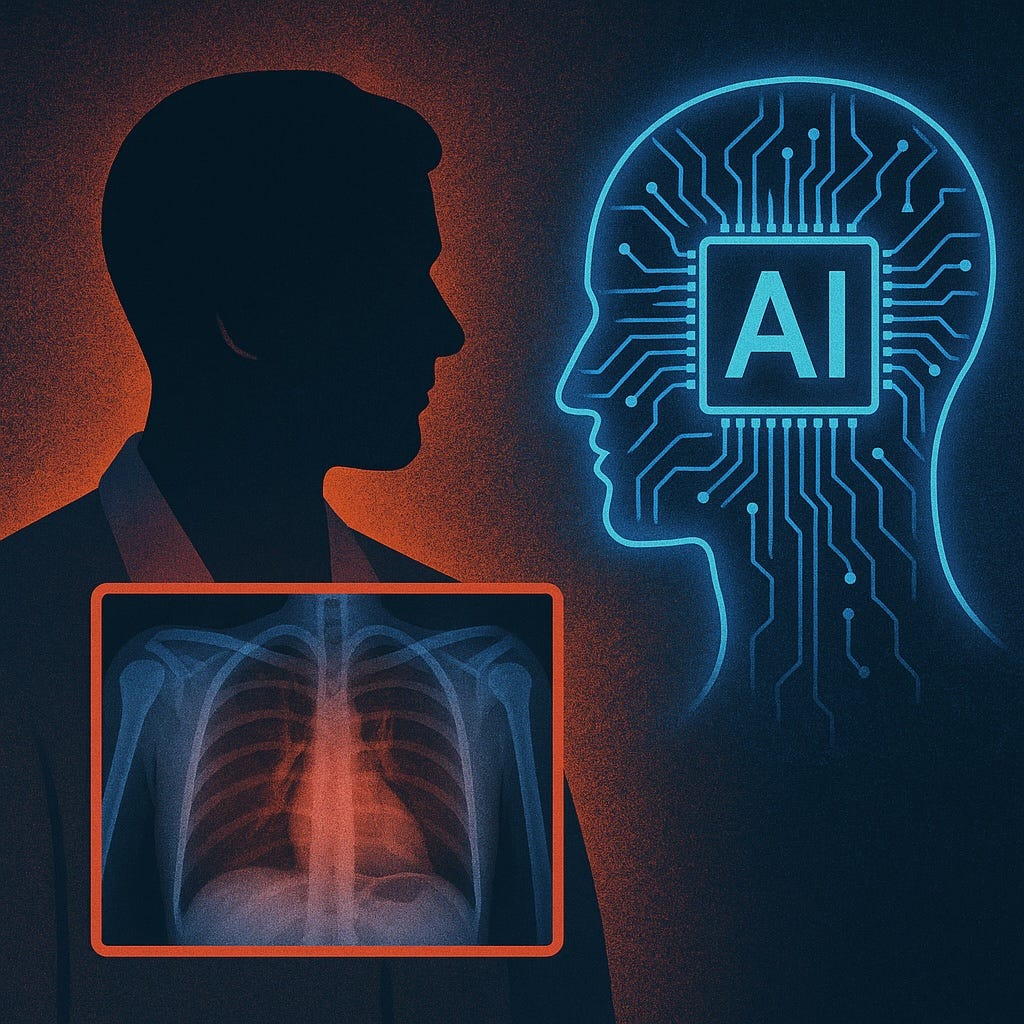![]() Press enter or click to view image in full size
Press enter or click to view image in full size
AI is already being used in a wide number of fields, prompting predictions that a growing number of professions will soon be consigned to the past, some of them in medicine. However, as the latest data shows, demand for radiologists, one of the specialties initially believed to be most threatened by AI, is as high as ever.
A number of recent papers seem to show that reducing the radiologist’s input to a mere “image interpreter” ignores the value training and experience in this field brings, such as clinical judgment, interdisciplinary coordination, communication with patients, quality assurance, managing uncertainties, supervising algorithms, adapting to the local context or decision-making in gray areas. In short, the radiologist is a useful metaphor for any modern occupation: output alone is not a sufficient measure.
Sure, AI models have outperformed radiologists since 2017, but as said, demand for radiology specialists is at an all-time high. This year, diagnostic radiology residency programs in the United States offered 1,208…

